Fixed-Departure tours, Tailor-made tours and Excursions
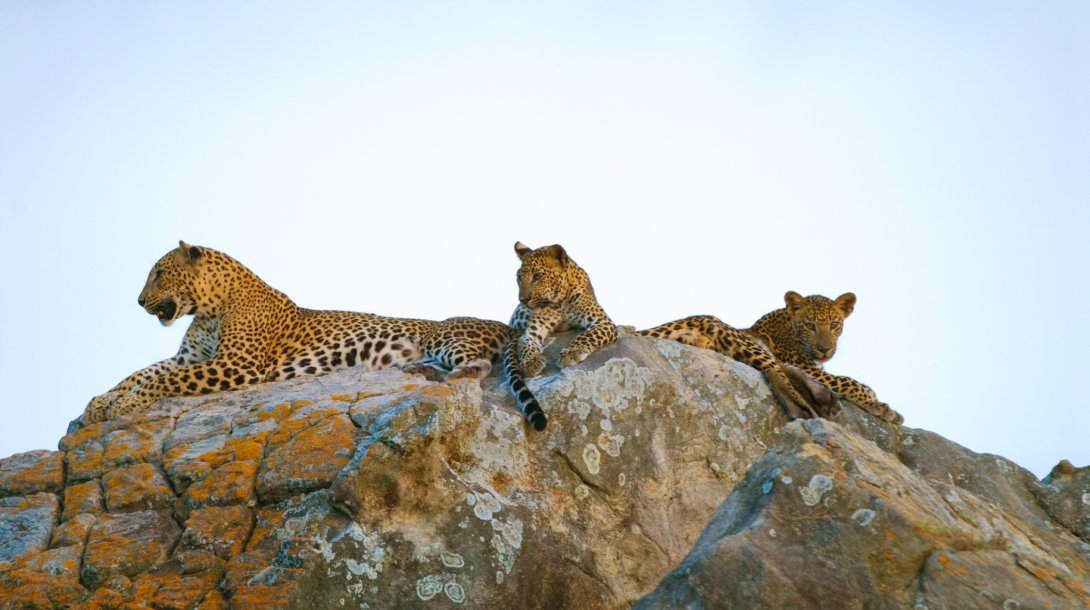
Yala National Park
Located in the south-east of Sri Lanka, Yala is a beautiful area of lowland dry scrub sitting on a long stretch of coastline, punctuated by rocky outcrops. It is the premier national park of Sri Lanka, and arguably one of the best for mammals in Asia.
The top draw is the Sri Lankan leopard, a sub-species endemic to the country; in certain areas of the park, the average leopard density is as high as one cat to every square kilometre. During the fruiting of the palu trees in June and July, sloth bears are often observed.
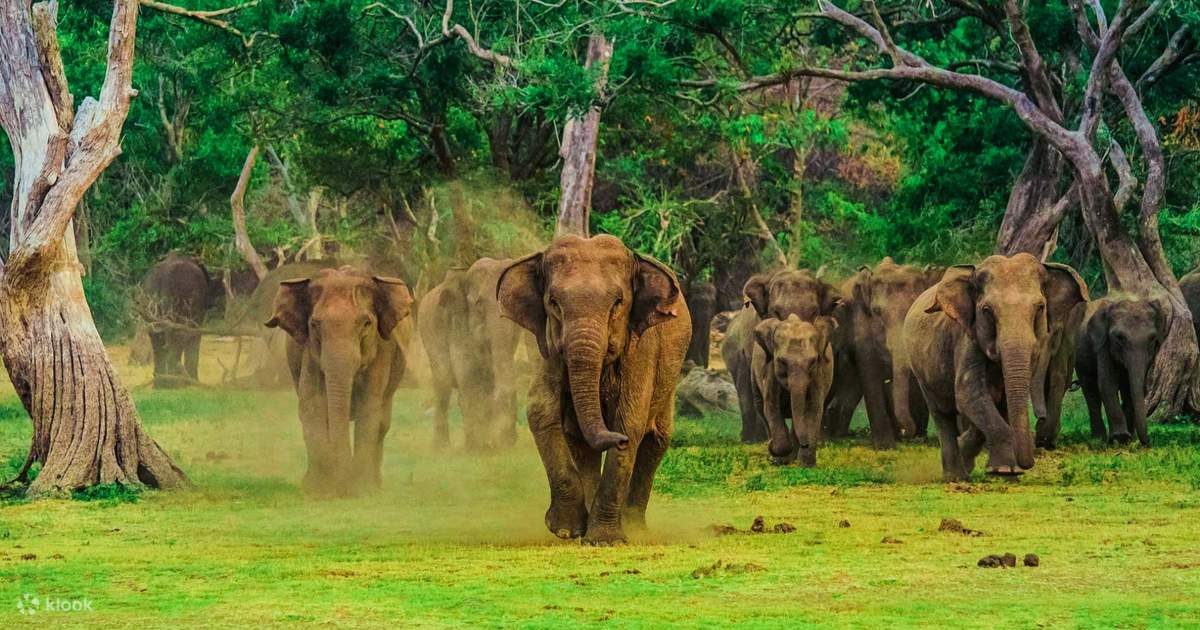
Udawalawe National Park
Created to protect the watershed of the enormous Udawalawe Reservoir, this park, just south of the central mountains, has extensive stretches of grassland as well as scrub jungle and riverine forest. It’s the best in the continent for observing Asian elephants in the wild; in fact elephant sightings are virtually guaranteed, even if you only go on one game drive.
Otherwise, the park is poor for viewing mammals, but birdwatchers will enjoy the presence of fabulously named raptors such as the changeable hawk eagle, serpent eagle and grey-headed fish eagle.
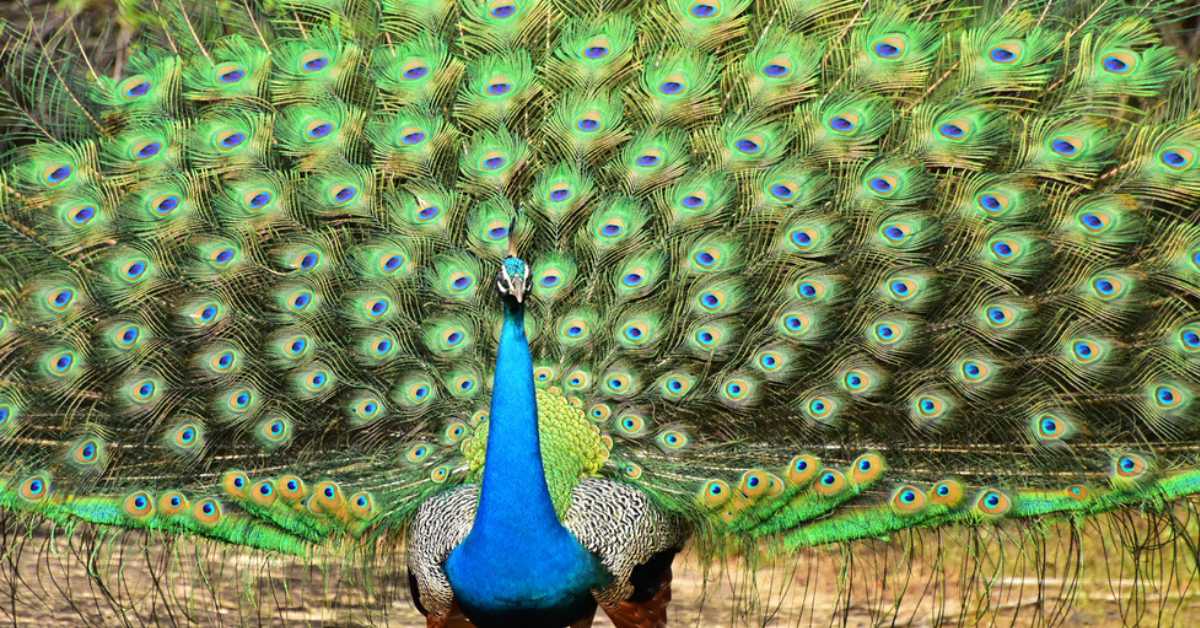
Wasgamuwa National Park
Wasgamuwa is in the dry lowlands of the North Central Province, 40km north of the richly bio-diverse Knuckles Massif. All of the big game is found in Wasgamuwa, but bears and leopards are pretty elusive. However, it is very good for observing family units of elephants, still relatively wild with unpredictable temperaments.
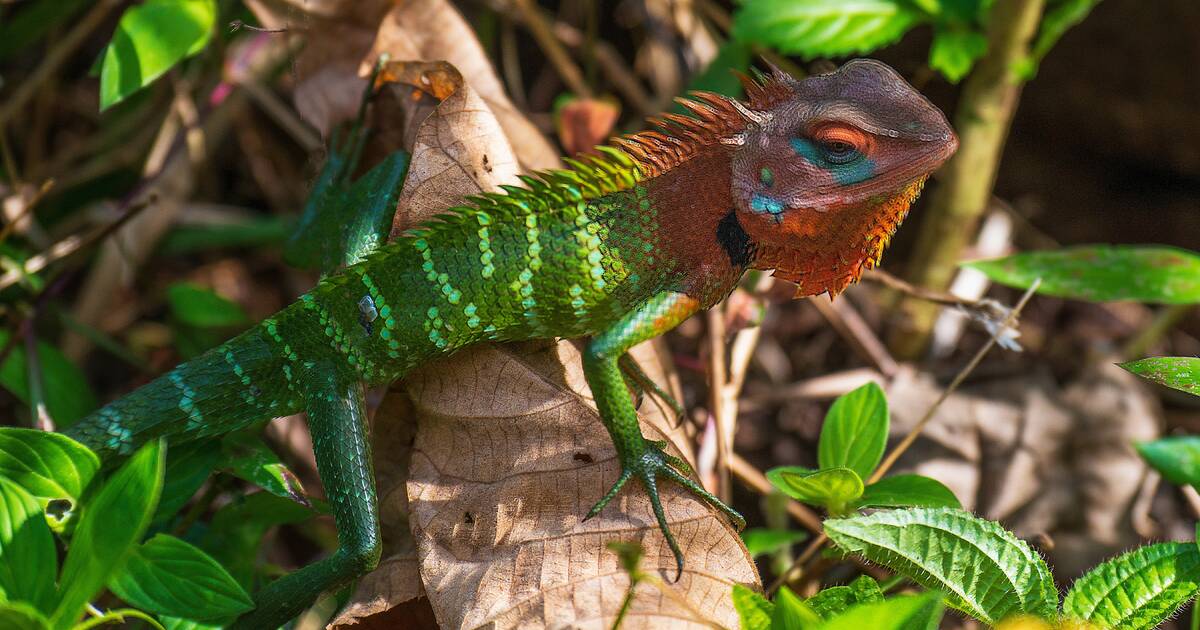
Sinharaja Forest Reserve
Situated in the wet south-west of the island, this is the country’s premier rainforest. The canopy towers up to 45m in places and more than half of the trees here are found nowhere else in the world. Mixed-species bird flocks are a key feature of Sinharaja. Around six endemic birds may make up one flock, including species such as red-faced malkoha, green-billed coucal and Sri Lankan blue magpie. Animals present include leopard, purple-faced langur, barking deer and three types of squirrel.
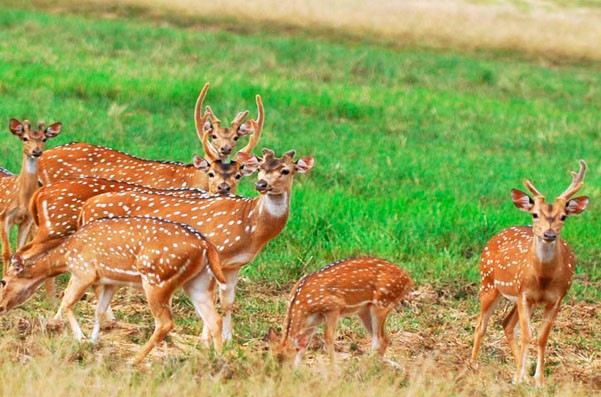
Minneriya and Kaudulla National Parks
These two parks are within half an hour’s drive of each other in the North Central Province, situated around two large reservoirs. Scrub jungle surrounds the lakes and contains many mammals, but game viewing is generally poor – except for the wonderful seasonal congregation of elephants. The ‘gathering’ takes place in Minneriya during September and October, when over 300 elephants come together on the bed of Minneriya Lake, which dries out to create a lush grassland.
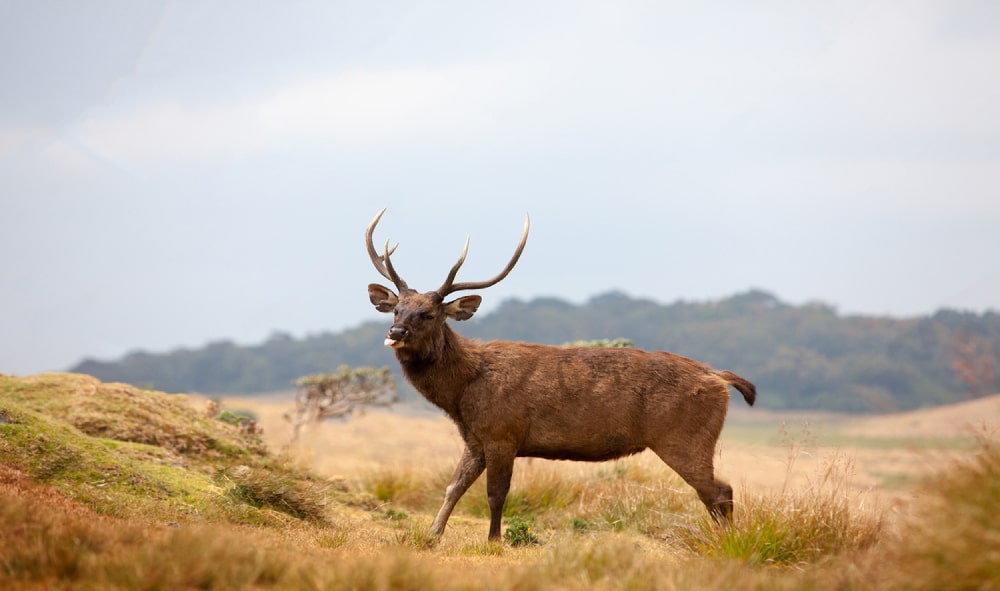
Horton Plains National Park
Towering up in the central highlands, Horton Plains is the highest plateau on the island. The cloud forests here are rich in endemic plants and animals that have adapted to the cooler climes (temperatures can fall below freezing at night).
Birds such as the Sri Lankan whistling thrush and Sri Lankan bush warbler are best seen here. The dwarf lizard, found only in the montane zone, has evolved the ability to give birth to live young in order to avoid the problems of laying in such egg-chilling temperatures.
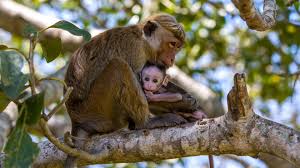
Wilpattu National Park
Wilpattu, Sri Lanka’s largest park, is situated in the dry lowlands of the island’s north-west and comprises a series of lakes – or villus – with varying degrees of freshness and salinity.
The park reopened in 2003 after nearly 15 years of closure. Over time, the wildlife should recover to its former abundance and become more habituated to vehicles – at the moment the animals are wary of any human presence.
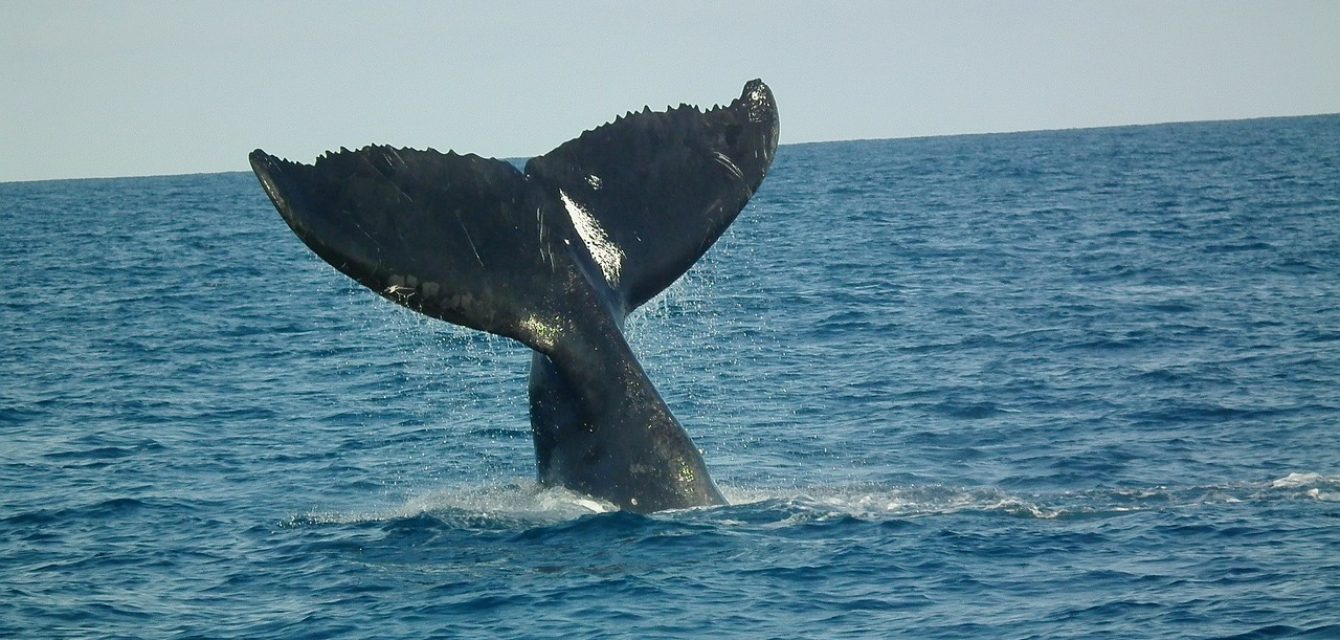
The whale watching triangle: Mirissa, Kalpitiya and Trincomalee
Mirissa, in the south and close to the Dutch fort and port city of Galle, is studded with luxury villas and great food. It’s probably the most developed for whale watching tourism, following a media blitz in May 2008 that it was the best for blue whale. The encounter rate is on average over 80% in the months from December to March.
Kalpitiya, a peninsula in the north-west, is famous for its dolphins and periodic visits by super-pods of sperm whales, the largest gatherings in the world accessible to tourists. The peninsula is also close to Wilpattu National Park, and the Bar Reef Marine Sanctuary is great for snorkelling.
Trincomalee, in the north-east has a submarine canyon cutting in close to shore. Blue whales are sometimes seen from the pool-side of resorts and Swami Rock is the best shore-based location for views of blue whales.
plan your trip with us
Our tuktuk rent lanka team is OBSESSED with Sri Lanka and how best to experience it. Whether you’re renting a tuktuk or not, you can book a free travel advice meeting with our experienced team.



Let’s Get You Driving a Tuktuk!
